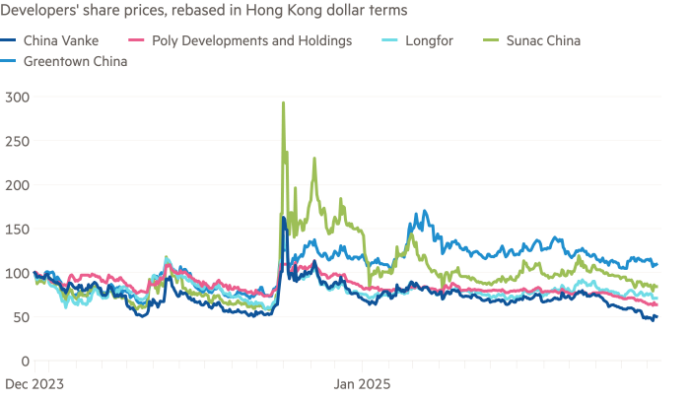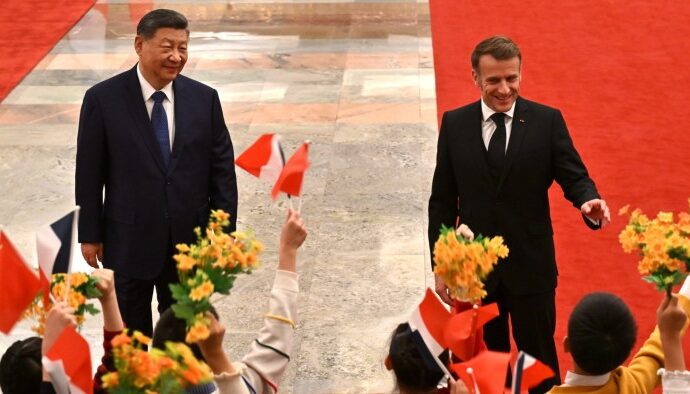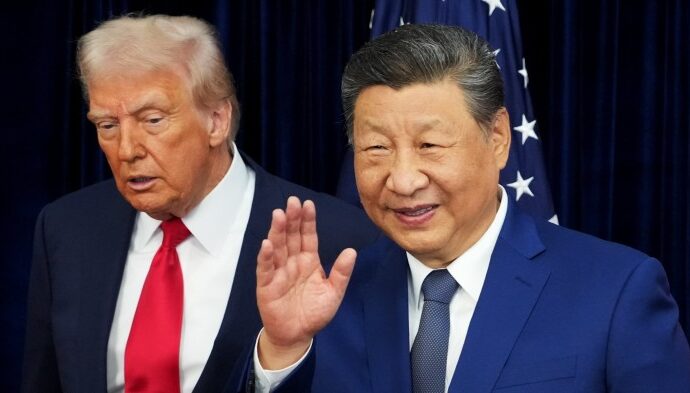Unlock the Editor’s Digest for free
Roula Khalaf, Editor of the FT, selects her favourite stories in this weekly newsletter.
Sen Genshitsu was a grandmaster of the tea ceremony, a deeply reflective war veteran and, over decades of pacifist advocacy, a pre-eminent global ambassador of Japanese culture. His death, at the age of 102, brings an end to a life devoted not just to the perfection of a tea-drinking tradition dating back half a millennium, but to its endlessly supple interpretation as a metaphor for peace, harmony and equality.
The entrance to a traditional tea room, Sen would remind students, heads of state, royalty and interviewers, is low and narrow: even the mightiest samurai were obliged to remove their swords before submitting themselves to ritual and sitting for a calming bowl of green matcha.
Sen, whose name was changed several times for ceremonial reasons, was born (as Masaoki) in Kyoto in 1923, the eldest son of the 14th-generation head of the Urasenke — the best known of the three great Japanese schools that preserve the codes of the chanoyu “way of tea”.
All three were the legacy of Sen no Rikyu (1522-1591), the warehouse owner’s son most responsible for codifying the form and aesthetics of the tea ceremony, infusing it with simple, meditative honesty, and practising it with those at the highest levels of feudal power.
Sen, a direct descendant of the sage, began taking tea ceremony lessons at the age of six on the auspicious sixth day of June, with tradition assuming that he would succeed his father as iemoto, or head, of the Urasenke school. That did eventually happen, but not before the torment of war fundamentally changed the young Urasenke scion and shaped the “peacefulness through a bowl of tea” image of Japanese culture he presented so effectively to the postwar world.
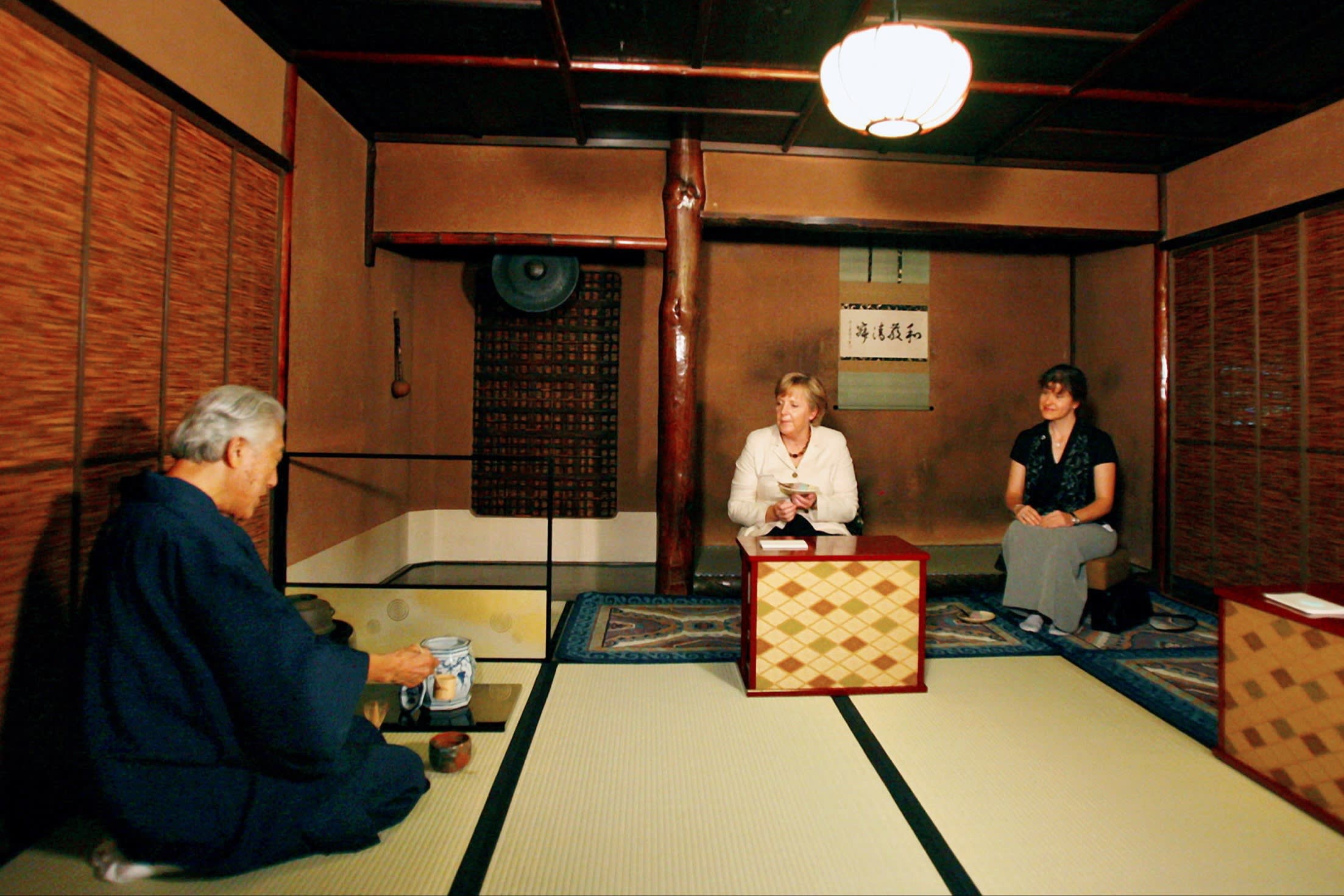
The emotional complexity of Sen’s dark and terrifying war experience was amplified by his family background. In 1943, while studying at Doshisha university, Sen was drafted into the Imperial Japanese Navy’s air force.
The day before he reported for duty, Sen’s father produced the wakizashi short sword believed to have been used by Sen no Rikyu to disembowel himself on the orders of a Daimyo warlord, and told his son to “take a good look”. Only later, recalled Sen in one of his 40 published books on tea ceremony, did the incident’s meaning become clear. His mother, with less ambiguity, instructed her fear-stricken son to “call on the mighty Rikyu” in times of trouble.
Sen trained as a pilot and proved an adept student, but was immediately overwhelmed by the barbarism of military life. Many training accidents were fatal; some soldiers took their own lives.
In March 1945, with the war in its final months, Sen’s corps was told that it would be forming a suicide attack unit — to become kamikaze pilots. The men were handed slips and ordered to mark whether they “strongly desired”, “desired” or “did not desire” to make the ultimate sacrifice for the war effort. Sen, overcome with fatalism, marked the first option, only to be told that all 200 men would be flying to their deaths.
In fact, for reasons almost certainly related to his lineage, he was never ordered to make the fatal flight. His father’s decision to show Sen the disembowelling sword, he reflected many years later, had been an invocation against ever choosing death. In spite of that, Sen was unable, over the following 80 years, to shed the burden and shame of survival, or the view — still expressed to interviewers as he approached his 100th year of life — that he had been “supposed to die”.
But there was epiphany in tea and a clear linkage, for Sen, between the ritualised peace of the ceremony and the ideological pacifism it symbolised. Under US occupation, Sen saw his father giving a tea ceremony lesson to an American military officer; both sat in the seiza position with calves tucked under thighs. The tableau of victor and defeated equalised and becalmed by ritual resonated powerfully for Sen, who from 1950 began travelling through the US promoting the way of tea.
In 1964, he succeeded his father as the 15th head of the Urasenke and, as Sen Soshitsu XV, began a global trek that would take him to 70 countries in a life-long projection of the ceremony, and of the social and humanitarian message he believed it carried so strongly.
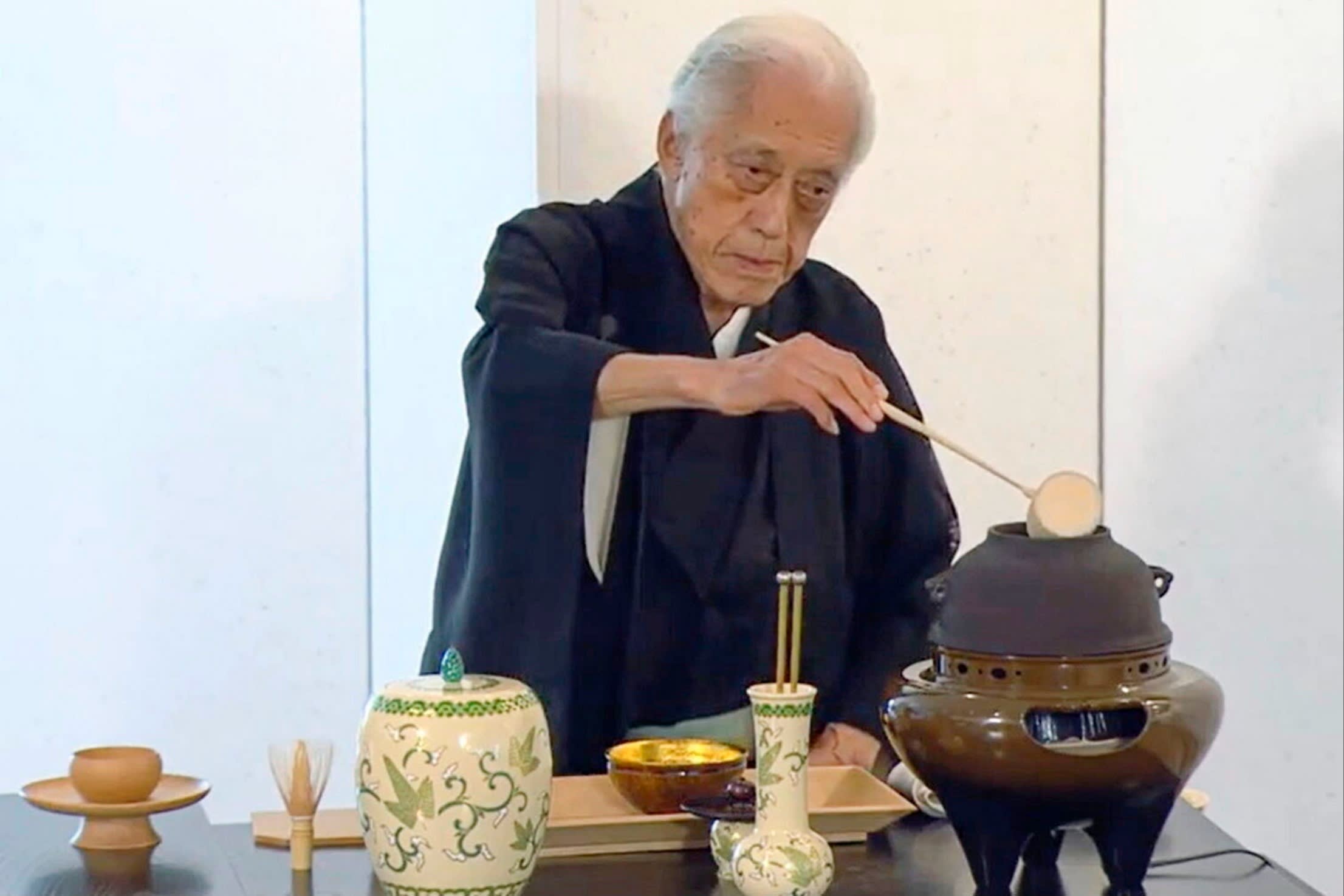
Showing humility without discrimination or differentiation nurtures harmony and creates a peaceful world, Sen said, as Urasenke schools were established across the globe and VIP visitors to Japan braved leg cramps to join him on the tatami floor of a tea room. “Tea ceremony practices teach us this. I survived. That’s why I make visits around the world while hoping for a world without conflict, starting with the one tea bowl before me,” he said.
